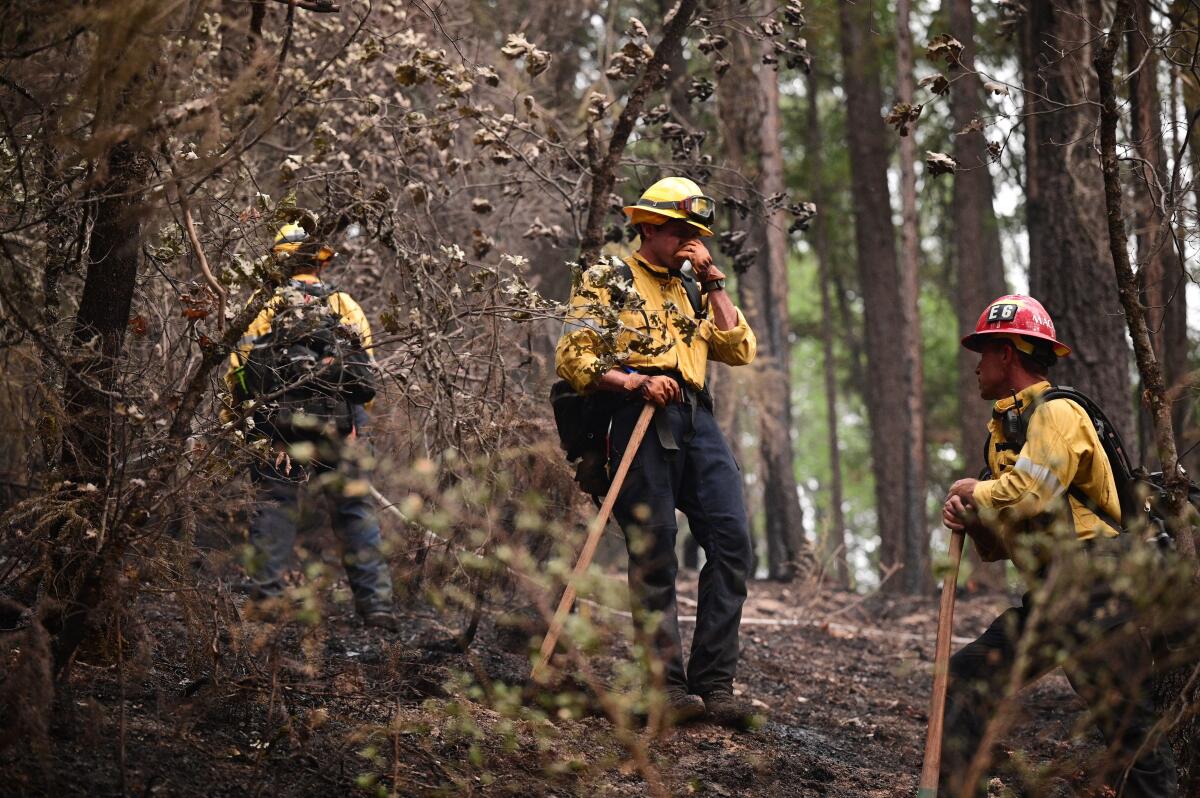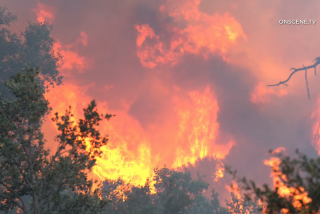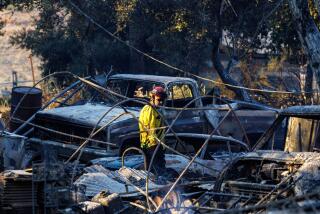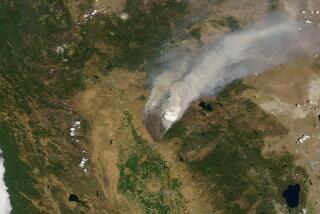Dixie fire swells beyond 240,000 acres, swallowing homes: ‘It’s been heartbreaking’

Lauren Redmore and her husband moved from Texas to the pretty Plumas County town of Taylorsville — population 198 or so — in January.
Just six months later, she and her husband became wildfire refugees, having fled their home last week as the massive Dixie fire burned ever closer.
Redmore, a social scientist who moved to Northern California to work for a nonprofit focused on rural development and forestry, never expected to be confronted with fire so soon. Waiting for updates on the fate of her new home has been tough.
“We have gone through a really difficult time emotionally,” said Redmore, 37, who is staying with friends in Corvallis, Ore. “It’s been hard to stop myself from constantly checking the fire map.”
The Dixie fire is now the state’s 11th largest wildfire in recorded history after growing roughly 20,000 acres in about 24 hours. The fire jumped from the No. 13 spot overnight Thursday.
Now burning into its third week, the massive wildfire has seared 240,595 acres in several counties north of Sacramento, according to the California Department of Forestry and Fire Protection. Containment was 24% as of Friday, inching up 1 percentage point from where it was for several days.
Redmore is a rare newcomer to Plumas County, where the population has long been shrinking. It is comprised mostly of tiny, unincorporated Gold Rush communities nestled among the pine forests, and it is a place where people tend to look out for their far-flung neighbors. Seeing the people of Taylorsville band together as the Dixie fire burns has been heartening, Redmore said, but the fact that devastating blazes are the new normal for so many Californians has been hard to swallow.
“It’s been heartbreaking, my own personal grief for a place I barely know, and the collective climate grief that my younger colleagues know lies ahead for all of us,” Redmore said. “I can’t imagine what it would be like to raise a kid knowing this is their future.”
At least 42 major structures were destroyed in the fire’s wake, according to Cal Fire. More than 20 minor structures have also gone up in flames. Those numbers will likely grow because damage assessment teams have not been able to go into many areas where the fire threat is still too high to send crews, said Capt. Mitch Matlow, a spokesperson with the multiagency team managing the fire.
Mandatory evacuations across large portions of Butte, Plumas and Tehama counties have left scores displaced, and residents in nearby Lassen County are on high alert.
As of Thursday, three shelters for Plumas County evacuees housed 75 displaced residents, including 17 sheltering outside the facility primarily because “they want to remain with their pets,” which are not allowed inside, Plumas County Sheriff’s Deputy Chandler Peay said during an incident update.
Much of the Dixie fire’s destruction has been centered in the Indian Valley area, which has multiple reports of family homes reduced to rubble.
Much of the West has been plagued by extreme heat and drought due to the worsening climate crisis, which is drying vegetation and feeding massive fires earlier in the year. As of Thursday, 82 large fires have burned nearly 1.7 million acres across 13 states, according to the National Interagency Fire Center.
More than 6,000 personnel are battling the Dixie fire, and there’s cautious optimism among fire officials that the crews are making progress.
The fire’s growth from Thursday into Friday was modest and partially due to controlled burns, Matlow said, explaining that “one of the tools that we use to fight the fire is fire itself.”
But there are fears that a weather system moving in Friday will bring erratic winds and lighting — two ingredients that can fuel the fire and ignite new ones, he said.
On Friday morning, a base camp in Chico was consumed by smoke and a stable air mass hung over the fire. As the day heats up and the weather front strengthens, that air mass is expected to become unstable.
Winds could become unpredictable, with updrafts threatening to create a dramatic pyrocumulonimbus cloud above the blaze. Outflow winds hit the ground and travel through drainages. Erratic winds can cause erratic fire, Matlow said, “because the fire goes where the wind pushes.”
More to Read
Sign up for Essential California
The most important California stories and recommendations in your inbox every morning.
You may occasionally receive promotional content from the Los Angeles Times.












